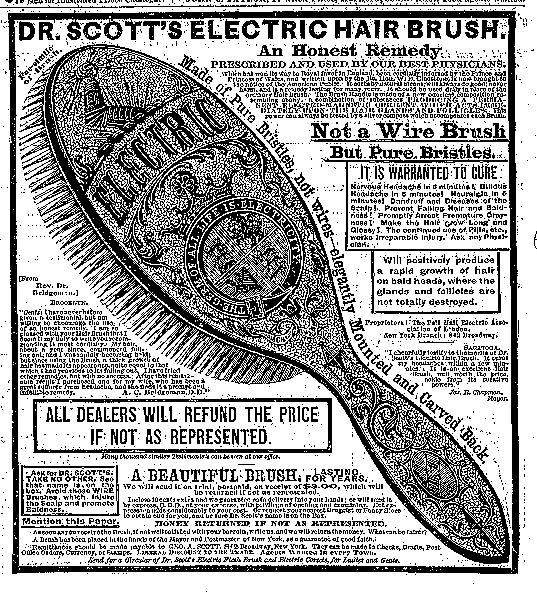To those without Viking blood coursing through their veins, the fight that ensues over the last piece of
lefse at my grandmother's house likely makes no sense. How could an admittedly bland potato flatbread tear a family apart? But lefse is no ordinary food; it's an edible legend.
And it's a minor miracle that the pointy stick used to turn lefse on the grill has not resulted in injury… yet.
Although recipes vary, mashed or riced potatoes, flour, sugar, and salt, along with some combination of milk, cream, shortening or butter, are the simple ingredients that turn to magic when rolled flat and grilled. Butter and sugar are traditional lefse fillings but in my family, anything from mashed potatoes and salad greens to green bean casserole are rolled inside like a Norwegian tortilla. The recent acquisition of a small cookbook called 99 Ways with Lefse was nothing too revolutionary for my family.
The pale, golden-brown flecked rounds are a staple of Norwegian grandmothers everywhere, especially in the Midwest, where lefse can be found in restaurants and in the refrigerated case at the grocery store. But the best lefse is homemade and I was fortunate to make lefse many times under the expert guidance of my grandmother.
More than 850,000 Norwegians came to the United States between 1820 and 1875, most to the Upper Midwest. Many left because of the impossibility of farming Norway’s mountainous, rocky terrain, leaving little opportunity for poorer families in a highly stratified society. So the Norwegians came to America, bringing the poverty foods of lefse and lutefisk that sustained them through artic winters and poor harvests with them.
In Norway, lefse virtually disappeared from the culinary landscape, but not in America, where Norwegian women would get together to make enough lefse to last the year. In many communities, a woman’s worth was measured by the thinness and lightness of her lefse.
 |
| The arsenal of the lefse maker |
Lefse appears on the table of nearly every Norwegian-American family during the holidays. Or anytime it was available in mine, holiday or special occasion-be-damned. Everything seems more special when lefse is in the mix.
Like her Norwegian ancestors, my grandmother usually makes lefse once, maybe twice, a year, freezing small packets of lefse to last throughout the year. Truth be told, lefse making is chaos incarnate, which perhaps explains why a year’s supply is made in one fell swoop. The sticky, gummy dough sticks like library paste to the grooved rolling pin and counter tops, while a thin layer of flour covers every horizontal surface in addition to your face, hair, clothes, and the inside of your eyelids.
The dough is no match for my grandmother, though, whose slight frame masks a fierce rolling skill. The dough quickly becomes thin enough to “read the newspaper through,” her constant refrain as she rolls and watches my feeble attempts to match her dexterity. Good lefse requires careful discernment of the right amount of flour, the proper temperature of the griddle or pan, and the perfect temperature of the dough, neither too warm nor too cold. What’s
right depends on the cook, however, as a discussion between relatives on whether to place the dough outside overnight before baking quickly grew heated;
Garrison Keillor would have had a field day with this material. Skill and know-how are the badge of the good lefse maker, skills that can’t be learned from a cookbook.
The grilling is one area that I’ve managed to master with aplomb, lifting the dough in one swift swoop of my sword-shaped stick, laying down the edge, and rolling it out quickly so it lies flat on the round lefse griddle. Thirty seconds or so later, the lefse needs to be flipped. Timing is everything in achieving the perfect balance of knobby brown flecks and bubbles on the pale rounds. A whole batch can take all day.
The mess, frustration, and hard work are worth it. The foil wrapped packets that emerge from my grandmother's freezer—and often arrive in the mail if we miss a holiday—taste all the better for the struggle that went into their creation. Lefse both ties us to the past while simultaneously carrying forth our family’s cultural marker to the future.
These days, good commercial lefse is available in many places, making it a rare family that continues to make their own. But learning from a master like my grandmother, standing shoulder-to-shoulder in the kitchen with floured arms and hands, hot griddles, and melted butter, is the only way to keep the tradition alive.









